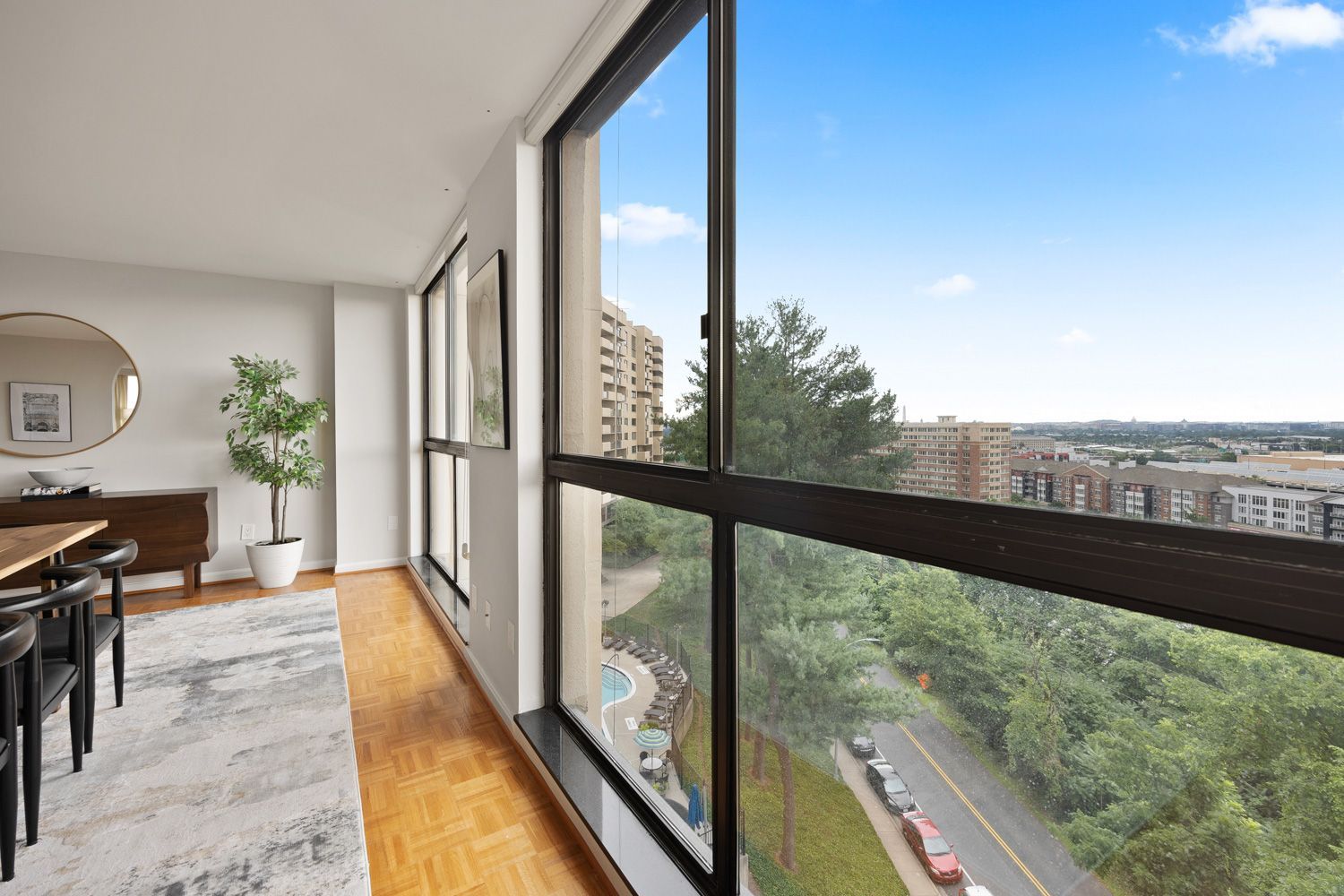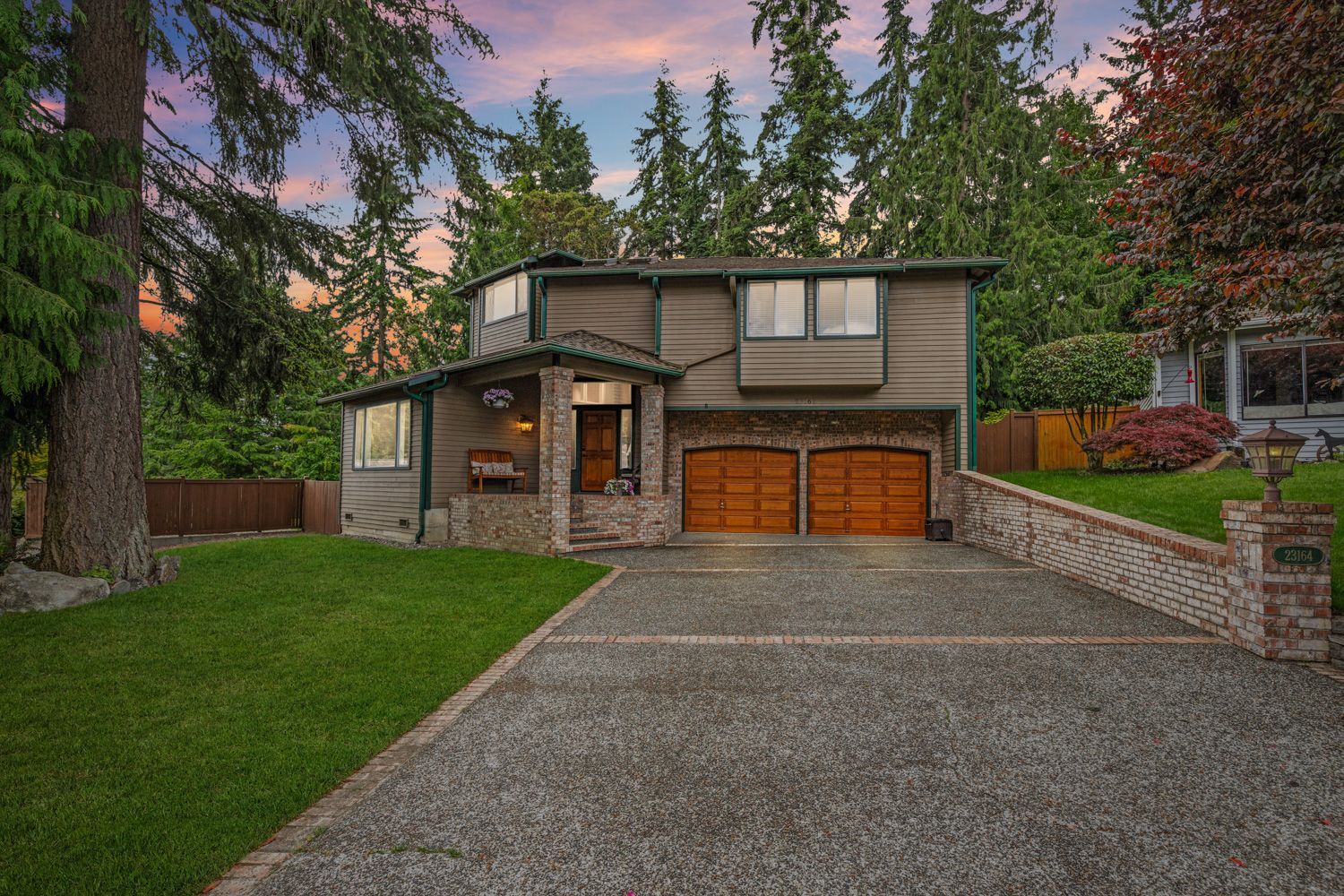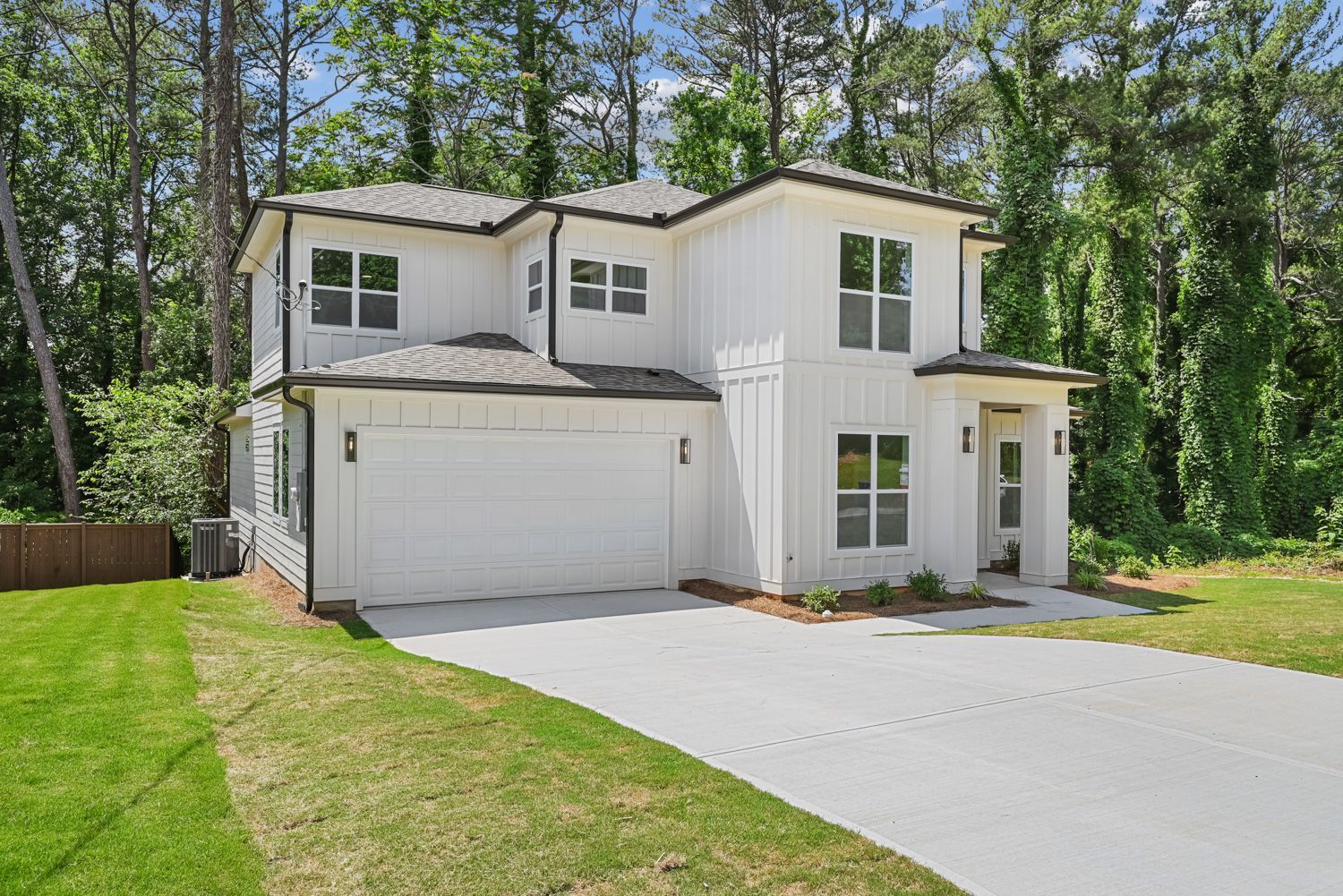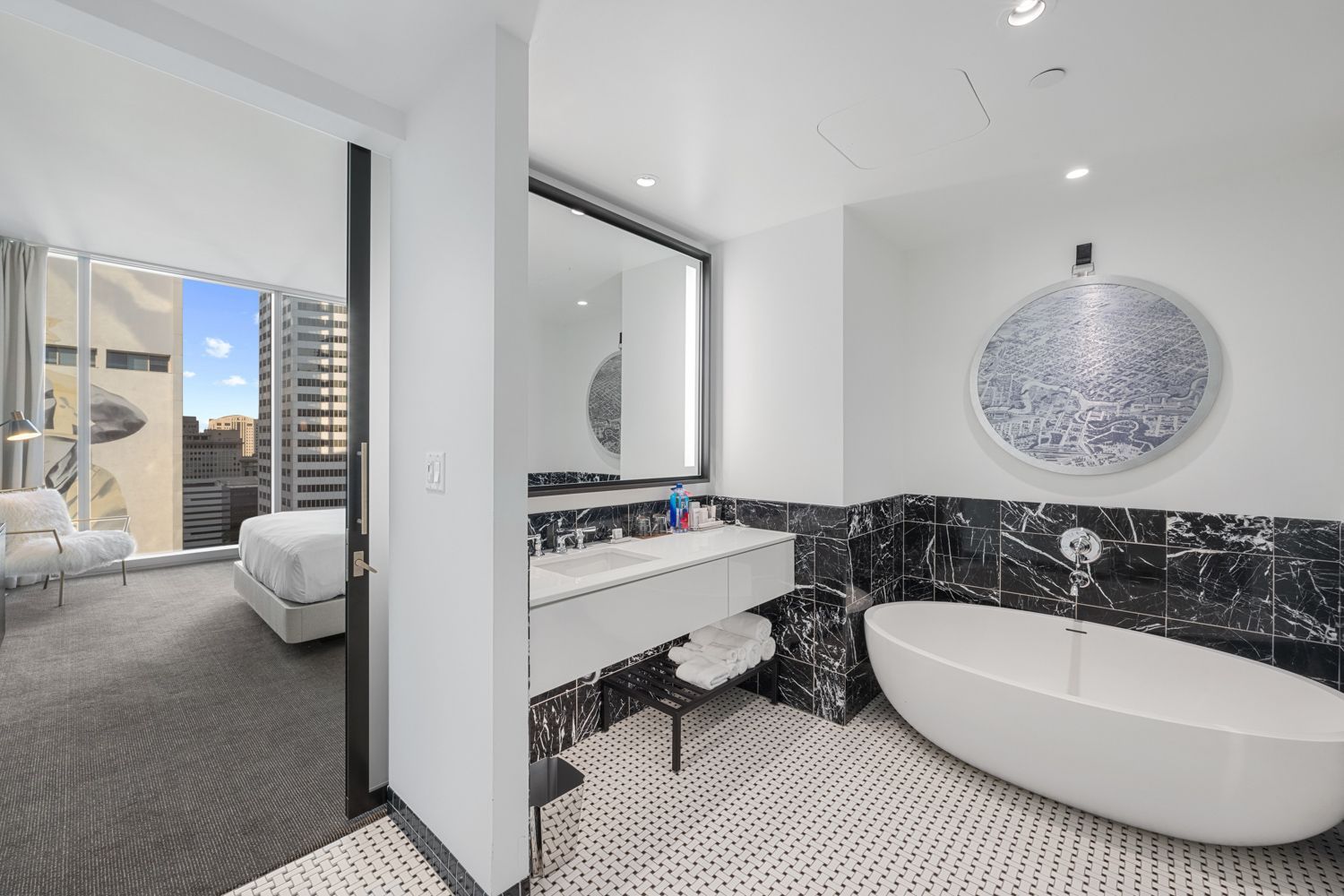Meet Victor Coll, a seasoned expert in the art of in-bound content marketing. With a proven track record in crafting winning content strategies, Victor excels in attracting and engaging audiences organically. His proficiency extends to optimizing content for maximum impact, resulting in increased brand visibility and audience retention. Victor's dedication to the art of in-bound content marketing has helped businesses achieve remarkable growth. Join him as he shares invaluable insights and strategies to empower your content marketing efforts and drive meaningful connections with your target audience.
Virtual Staging for Real Estate: A Game-Changer in Property Marketing
WHY PAY MORE?
Virtual Staging for Real Estate: A Game-Changer in Property Marketing
Introduction
The real estate industry has come a long way from the traditional way of marketing properties. With the rise of technology, virtual staging has become an extremely popular tool for real estate agents and sellers alike. Virtual staging for real estate involves using computer-generated imagery (CGI) to create realistic and appealing images of vacant homes, vacant apartments, and vacant rentals, helping buyers or renters envision themselves living in a fully furnished space. This article will delve into the benefits of virtual staging for real estate, how it works, and how to make the most out of this innovative marketing strategy to help grow your business.What is Virtual Staging for Real Estate?
Virtual staging for real estate is a process of digitally enhancing vacant properties by adding furniture, decor, and accessories to create an inviting and homely atmosphere. By using software to design virtual spaces, agents and sellers can showcase their listings in the best possible light, literally, without having to invest in actual furnishings, which can result in saving thousands of dollars for your seller.How Does Virtual Staging for Real Estate Work?
Virtual staging for real estate involves taking photographs of empty rooms and then using software to add furniture and accessories. The software can create realistic, 3D models of furniture, which can then be added to the images. The result is a virtual space that looks just like a fully furnished home. Of course, the old computer programming adage still applies; garage in, garbage out. Your initial photos need to be of good enough quality to stage in the first place.Benefits of Virtual Staging for Real Estate
Virtual staging for real estate has numerous benefits for both sellers and buyers, including:- Cost-effective: Traditional staging can be expensive, as it requires buying and renting furniture. Virtual staging for real estate, on the other hand, is much cheaper as it only requires the cost of the software and the staging itself.
- Flexibility: Virtual staging for real estate offers a lot of flexibility, as sellers can customize the space according to their preferences. They can choose the style, color, and design of the furniture, and even add or remove items as necessary. If you don’t like what you see, you can always ask the staging company to redo the image.
- Faster turnaround: Traditional staging can take weeks to set up, whereas virtual staging can be done in just a few days. Not to mention the hassle of setting up the staging appointment and coordinating all the people involved. This means that sellers can get their properties on the market faster, and buyers get to see them soon. Ultimately resulting in a quicker sale!
- Increased buyer interest: Virtual staging for real estate helps buyers envision themselves living in a space, making them more likely to click on your listing, make an offer and then buy your listing.
- Better online presence: With most buyers starting their property search online, virtual staging for real estate can make a huge difference in the way a property is presented online. It can make a property stand out from the crowd, leading to more inquiries and showings. Some buyers will completely scroll past unstaged images because they can’t visualize the space without furniture.
- Impress your sellers: Virtual staging for real estate helps your sellers save money and hassle on traditional staging. Are your sellers moving before you can get the photographer in to photograph the listing? Let them relax and move on their time schedule. You can virtually stage after they have moved!
Tips for Effective Virtual Staging for real estate
While Virtual staging for real estate is an effective marketing strategy, there are some tips that can help sellers and agents make the most out of it:- Choose the right software or company: There are numerous virtual staging software options available, so it's essential to choose one that's user-friendly and provides high-quality results. When going with a company, be sure to check out their samples before you commit. The cheapest option is not always the best option. Badly staged photos can do more harm than good.
- Keep it realistic: Virtual staging should aim to create a realistic representation of a fully furnished home. Avoid using overly bright colors or items that are out of place.
- Highlight the best features: Virtual staging should aim to highlight the best features of a property, whether it's a stunning view, an open floor plan, or a cozy fireplace. Consider virtually staging that rooftop deck with the amazing view or that infinity pool with views of the valley!
- Add variety: Virtual staging for real estate staging should also offer a variety of options, from different furniture layouts to different styles and designs. This can help potential buyers envision different possibilities for the space.
- Use high-quality photos: The success of virtual staging relies heavily on the quality of the original photographs. Make sure the photos are well-lit and showcase the best angles of the room.
- Stage only what's necessary: Not every room in a property needs to be staged. Focus on the main areas, such as the living room, kitchen, and master bedroom.
- Get professional help: While virtual staging can be done by anyone, it's best to seek help from a professional virtual staging service. They can provide expert advice on design, style, and layout, ensuring the best possible results.
















